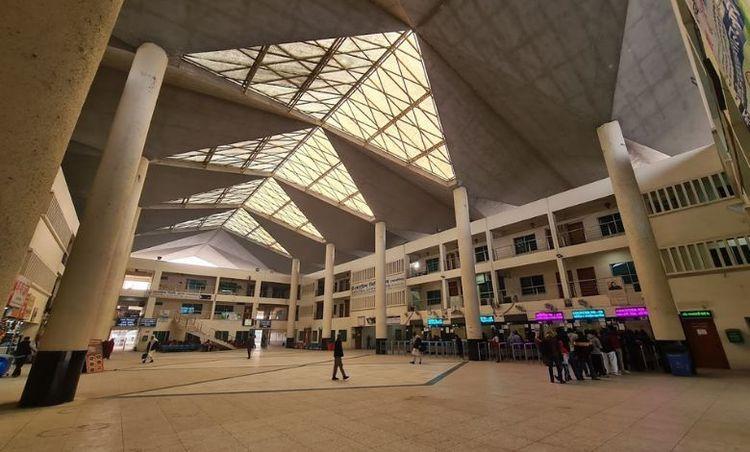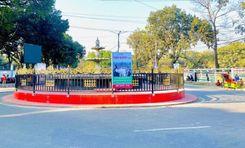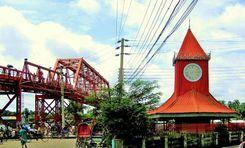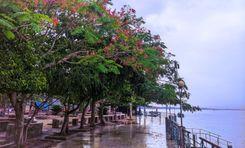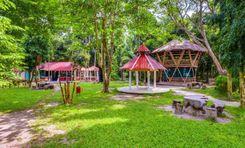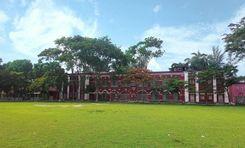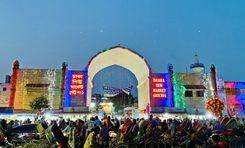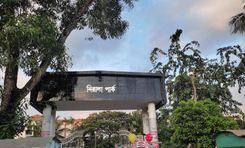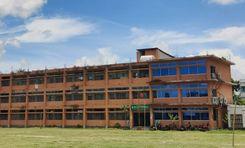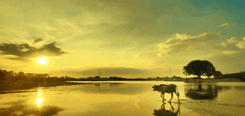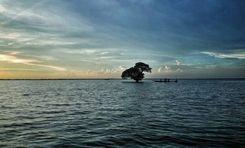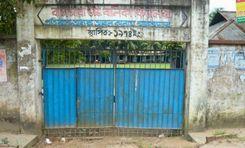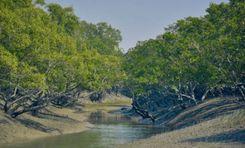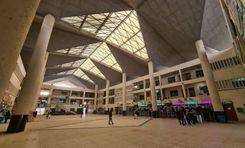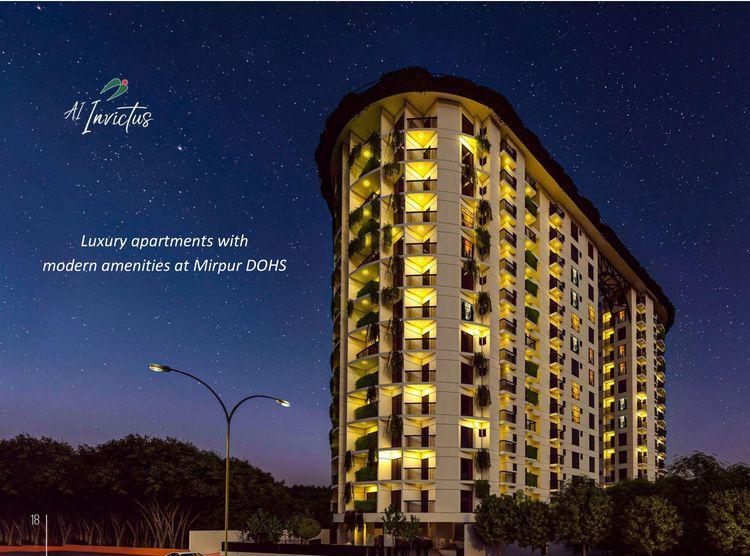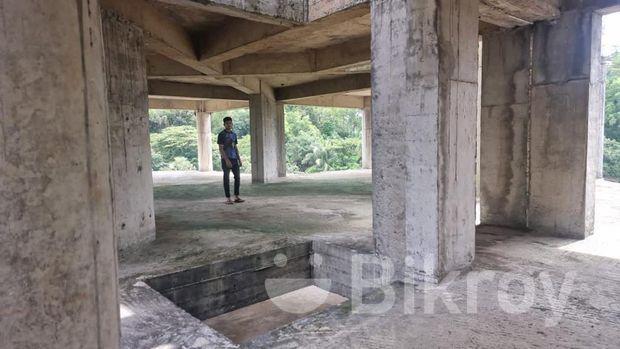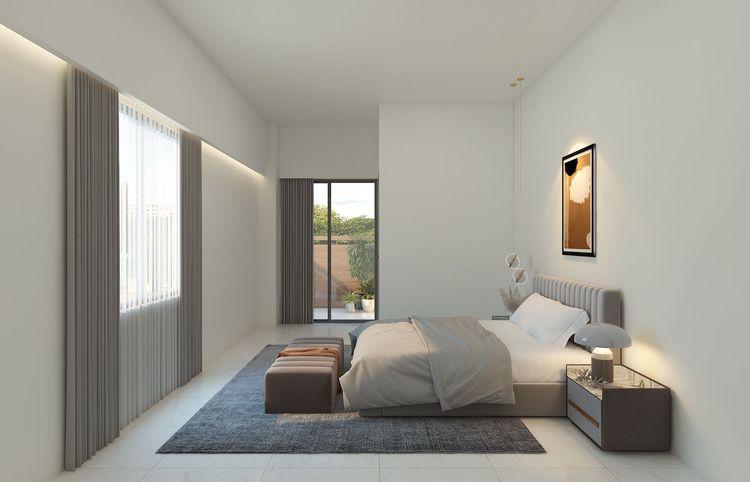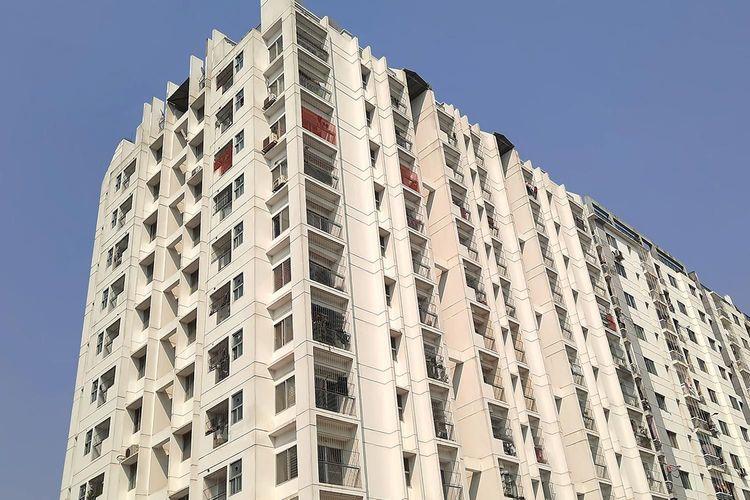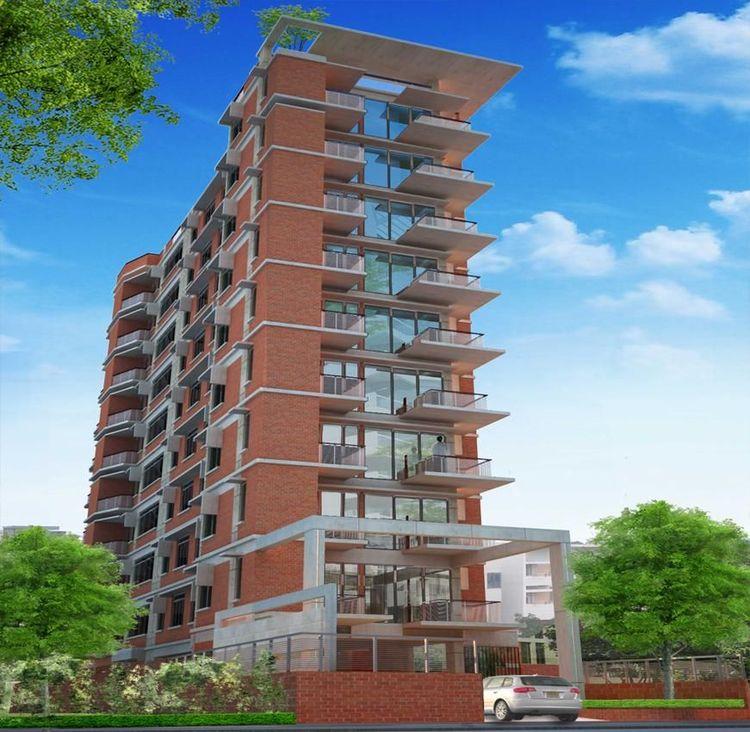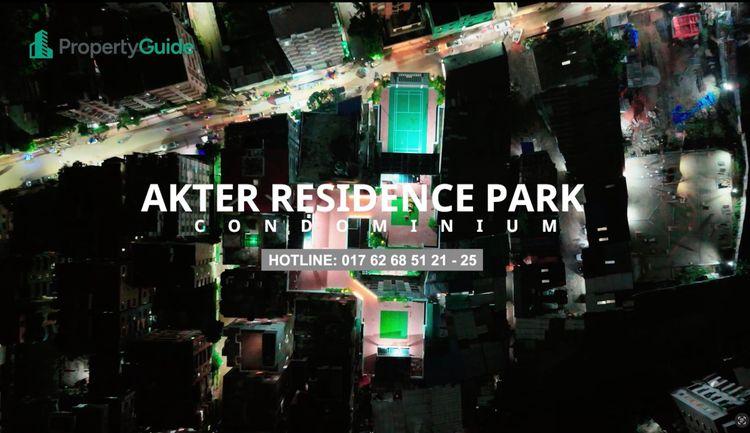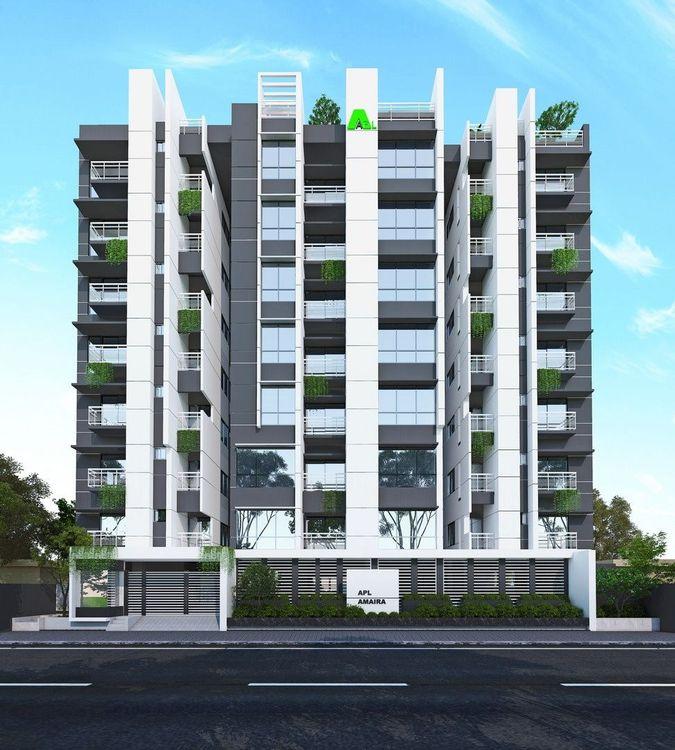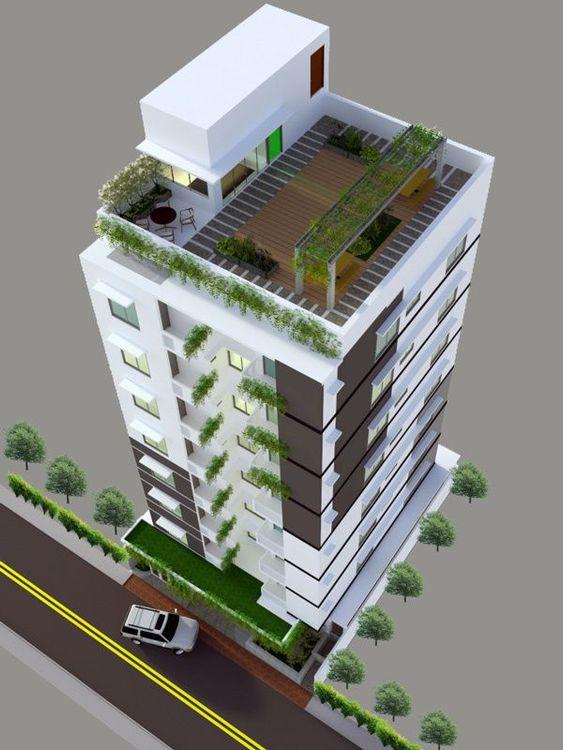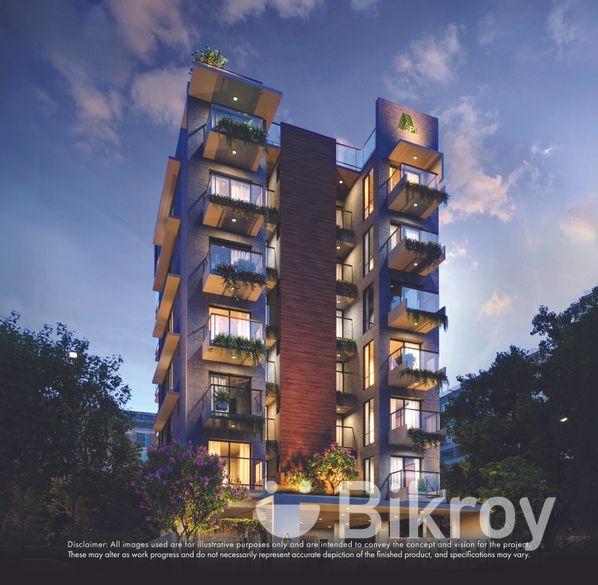বড়লেখা, সিলেট বিভাগের মৌলভীবাজার জেলার উত্তর-পূর্বাঞ্চলে অবস্থিত একটি অনিন্দ্য সুন্দর উপজেলা। এটি মৌলভীবাজার জেলার একটি গুরুত্বপূর্ণ প্রশাসনিক এলাকা। উপজেলাটি পাহাড়, টিলা এবং চা বাগানে ঘেরা মনোরম প্রাকৃতিক পরিবেশের মাঝে অবস্থিত। প্রচুর চা বাগান, শান্ত নদী এবং চা বাগান বেষ্টিত ঢালু পাহাড়ের কারণে, এলাকাটি দেশের অন্যতম জনপ্রিয় একটি পর্যটন স্পট হিসেবে পরিচিতি পেয়েছে। এছাড়াও অঞ্চলটি বিভিন্ন নৃগোষ্ঠীদের সমৃদ্ধ সংস্কৃতি এবং কৃষিক্ষেত্রের জন্যও পরিচিত।<br><br>
বড়লেখা উপজেলার পূর্ব দিকে ভারতের আসাম রাজ্য, উত্তর দিকে বিয়ানীবাজার উপজেলা, দক্ষিণ দিকে জুড়ি উপজেলা, এবং পশ্চিম দিকে কুলাউড়া ও ফেঞ্চুগঞ্জ উপজেলা অবস্থিত। এই উপজেলার সাথে ভারতের আসাম রাজ্যর ২০ কিলোমিটারের বেশি দীর্ঘ আন্তর্জাতিক সীমানা রয়েছে। উপজেলাটি সড়ক এবং রেল পথে সমগ্র সিলেট বিভাগের সাথে সুসংযুক্ত। কুলাউড়া-বড়লেখা মহাসড়ক, বড়াইগ্রাম সড়ক, শাহবাজপুর সড়ক, স্টেশন রোড, এবং মাধবকুণ্ড রোড, এই উপজেলাকে সারা দেশের সাথে সংযুক্ত করেছে।<br><br>
এই অঞ্চলের অর্থনীতি মূলত কৃষি এবং পর্যটননির্ভর। এছাড়াও এখানকার চা এবং রেমিট্যান্স, দেশের অর্থনীতিতে ব্যাপক অবদান রাখছে। চা, ধান, গম, শাকসবজি, তিল, পান, ইত্যাদি এখানকার প্রধান ফসল। এছাড়াও এই এলাকায় প্রচুর আনারস, লেবু, নারকেল, কলা, ইত্যাদি উৎপাদিত হয়। এই উপজেলার বিভিন্ন জলাশয় এবং হাকালুকি হাওরে প্রচুর পরিমাণে মিঠা পানির মাছ রয়েছে। এই অঞ্চলে উল্লেখযোগ্য সংখ্যক শিল্পকারখানা, ধানকল, বরফ কারখানা, চা প্রক্রিয়াজাতকরণ কারখানা, বাঁশ ও বেত শিল্প, মৃৎশিল্প, তাঁত শিল্প, পাথর ও বালু বিক্রয়, এবং আগর-আতর কারখানা রয়েছে। যা স্থানীয় অর্থনীতি এবং কর্মসংস্থানে অবদান রাখছে।<br><br>
সোনাই, ধামাই, এবং জুড়ি নদী, এই উপজেলাকে প্রাকৃতিক ভাবে সমৃদ্ধ করেছে। দেশের বৃহত্তম হাকালুকি হাওরের একটি বড় অংশ এই উপজেলার মধ্যে অবস্থিত।পাথারিয়া পাহাড়ে মাধবকুণ্ড জলপ্রপাত, হাকালুকি হাওর, কাকালুকি হাওর এবং চা বাগান, এই এলাকার জনপ্রিয় পর্যটন কেন্দ্র। এই উপজেলার কুলাউড়া সংলগ্ন হারাগাছা পাহাড়ে ইউরেনিয়াম খনির সন্ধান পাওয়া গেছে। এখানকার বৃহত্তর লঘাটি কেন্দ্রীয় জামে মসজিদ ষোড়শ শতকের একটি প্রত্নতাত্ত্বিক নিদর্শন।<br><br>
এখানে বেশ কয়েকটি সরকারি এবং বেসরকারি স্বাস্থ্যকেন্দ্র এবং শিক্ষা প্রতিষ্ঠান রয়েছে। তবে বিশেষায়িত স্বাস্থ্যসেবা এবং শিক্ষা প্রতিষ্ঠানের অভাব রয়েছে। বড়লেখায় অবস্থিত 'নারী শিক্ষা একাডেমী' এই অঞ্চলের নারী শিক্ষার অন্যতম পথিকৃৎ। এছাড়াও সীমান্তবর্তী শিক্ষা প্রতিষ্ঠান শাহবাজপুর উচ্চ বিদ্যালয় ও কলেজ এখানকার শিক্ষা ক্ষেত্রে অনন্য ভূমিকা রাখছে। এখানে রয়েছে ৫০ শয্যাবিশিষ্ট একটি উপজেলা স্বাস্থ্য কমপ্লেক্স।<br><br>
বড়লেখার যোগাযোগ অবকাঠামো বেশ ভালো। তবে এই উপজেলার গ্রামাঞ্চলের প্রায় ৬০০ কিমির অধিক রাস্তা কাঁচা। যদিও এলাকায় খুব বেশি আধুনিক আবাসন কমপ্লেক্স নেই, তবে এখানে আবাসিক, বাণিজ্যিক, এবং অবকাঠামোগত বেশ কিছু উন্নয়নমূলক কাজ চলছে। এলাকায় গণপরিবহন ব্যবস্থা অপ্রতুল, তবে পর্যাপ্ত সিএনজি এবং অটোরিকশা রয়েছে।<br><br>
ওলি-আউলিয়াদের চারণভূমি এই অঞ্চলটির মানুষজন খুবই ধর্মপরায়ন। এছাড়াও এই অঞ্চলে মণিপুরী, খাসিয়া এবং সাঁওতাল আদিবাসী সম্প্রদায় সহ বিভিন্ন ধর্মাবলম্বীর মানুষজন মিলেমিশে বসবাস করেন। প্রাকৃতিক সৌন্দর্য, ক্রমবর্ধমান অর্থনীতির সাথে পরিকল্পিত ব্যবস্থাপনা করলে, বড়লেখা রিয়েল এস্টেট এবং বাণিজ্যিক বিনিয়োগের জন্য একটি আকর্ষণীয় কেন্দ্র হতে পারে।
অন্তর্দৃষ্টি দেখুন
















